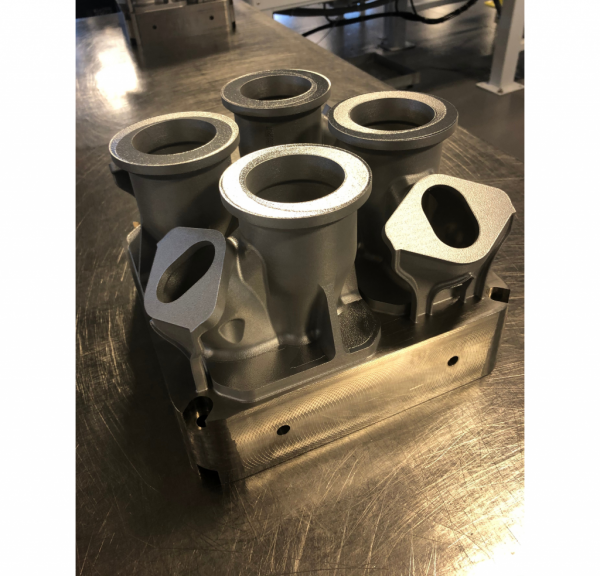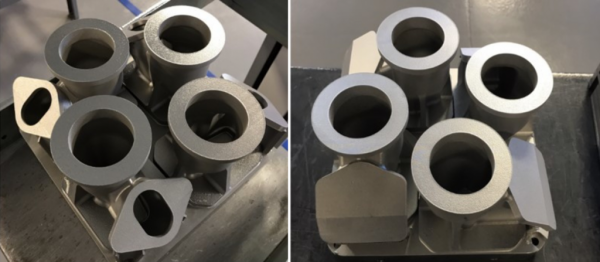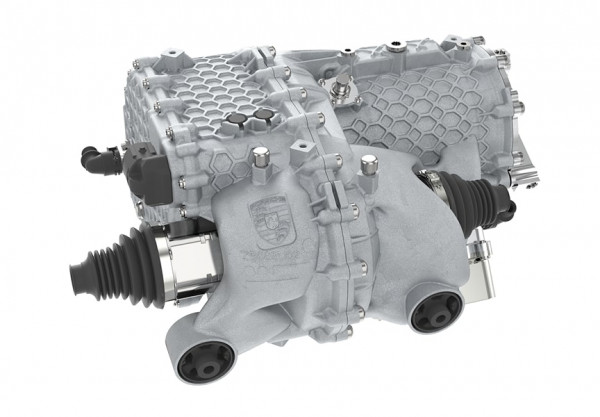 Cost and time to market are becoming the primary factors for companies looking to streamline their production costs and time using 3D Printing. It is becoming cheaper to produce parts in a low volume on demand situation, offering savings in both time and costs in production and development.
Cost and time to market are becoming the primary factors for companies looking to streamline their production costs and time using 3D Printing. It is becoming cheaper to produce parts in a low volume on demand situation, offering savings in both time and costs in production and development.
GE Aviation has begun to manufacture gas turbine engine parts for the first time. GE are making the switch from Investment Casting to 3D Printing citing cost and time to market as the primary motivation. Even having a set of established casting molds for parts the firms engineering team says the move has cut manufacturing costs by 35%.

Traditionally cast aerospace parts take from 12-18 months to produce where a 3D Printed part takes a total of only 10 months to produce from initial part identification to the finished product. Using 3D Printing companies are streamlining their part production for end use parts as the 3D Printing technology pushes forward. Companies with large catalogues of spare parts are turning to 3D Printing as a way to manufacture parts in an on demand fashion, and aside from tooling costs and the time and cost to produce the parts, these companies are saving on storage costs as the parts are used as soon as they are produced.
One of the main advantages of 3D Printing parts over traditional machining and casting methods is the ability to rapidly modify a part design, have the item 3D printed and test the prototype within a very short time period.
Using computing technology parts can be improved upon their original designs with savings in weight, and optimization of the parts strength.

Porsche use 3D Printing to manufacture a wide variety of parts, from classic part replication, racing development to road vehicle development. The manufacturer 3D Prints a Drive housing for its electric vehicles which is fully 3D Printed. The item is 10% lighter than the cast part and 100% stiffer, which is an ideal scenario for the racetrack.
Using computer software parts can be made much stronger and lighter using topology optimization software and generative design software. This software can find the load paths in parts and tells where material should be added or reduced for the part to remain intact. This generates a bionic structure that could not be manufactured using conventional casting or forging methods.
All of the major automotive, aerospace and technology focused industries are all using 3D Printing to develop and advance their products, prototypes and as we are now seeing across many categories, final finished parts for the consumer. It is an exciting time for both manufacturers and consumers benefitting from 3D Printing technology.
Cammpro are leaders in 3D Printing, 3D Design, 3D Scanning and Rapid Prototyping. Cammpro can assist with your project or product development. Get in touch today to make your ideas a reality.